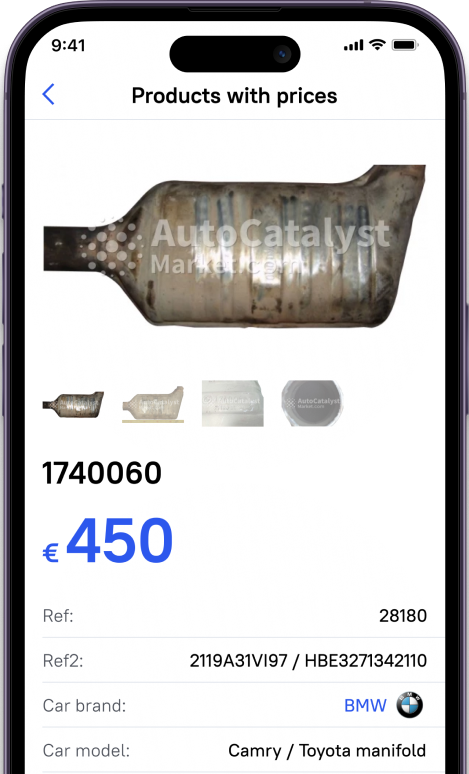- Symptoms of a Bad Catalytic Converter
- Troubleshooting a Catalytic Converter
- Air Pollution and a Defective Catalytic Converter
A vehicle's exhaust system cannot function properly without the catalytic converter, which is a crucial component. The catalytic converter serves to diminish the harmful emissions that are expelled into the environment by transforming them into gases that are significantly less damaging. This process not only helps to minimize the impact of pollutants on the air we breathe but also reduces the negative effects of greenhouse gases that contribute to climate change.
However, like any other component of a vehicle, the catalytic converter can experience problems. Today we will tell you how to troubleshoot a catalytic converter and why it is really important to troubleshoot any catalytic converter issues.
Symptoms of a Bad Catalytic Converter
Firstly, if you think that your catalytic converter is simply not working properly, then you need to inspect it. Second, listen, if you hear any noise in the engine, then this is the first sign that everything is bad. Also, a symptom that your catalytic converter is out of order is an engine light that can light up in your car. It is these indicators that may be the first that you may notice, and if so, then the catalyst needs to be repaired.
Also, if you notice that there is an unpleasant smell that you can notice, then this is clearly a sign of a breakdown of the catalyst. The smell can be similar to rotten eggs or sulfur. The catalytic converter is a filter that cleans the exhaust gases, and the smell when it breaks is a common thing. Additionally, a defective catalytic converter can cause poor fuel efficiency. You may notice that your vehicle is using more fuel than usual or that you need to fill up the tank more frequently than before.
Troubleshooting a Catalytic Converter
The first thing to do if you think your catalytic converter has failed is to go to the auto repair shop. First, you can check the acceleration of your vehicle. If you notice that your vehicle is slow to accelerate or that it's struggling to reach higher speeds, it may be due to a clogged or damaged catalytic converter.
Another way to troubleshoot a catalytic converter is to check the catalyst temperature. You can use a temperature gun to measure the temperature of the catalyst. The catalyst can also show signals with its temperature because if your catalytic converter is too cold when the car is running, this is also a sign of a problem.
Air Pollution and a Defective Catalytic Converter
Many understand that the catalyst is a very important detail that literally saves people from polluted air. And, accordingly, defective catalytic are a threat that can harm people due to the fact that it simply does not process car exhausts. Should the catalytic converter fail to function correctly, it may result in a rise in air pollution levels, exacerbating the environmental impact of vehicle emissions. This pollution can have adverse effects on human health, as well as on plants and animals.
In the end, we can say that you should not neglect the catalyst and sell it as soon as possible because this is one of the most essential things to do in a car of any class. So after you hit a pothole or something happened, and you noticed an issue with this part, you need to hurry to fix it. Because if you simply do not do this and close your eyes to it, then your car and the bad catalytic converter will become a potential threat both to you and to the people around you.







































